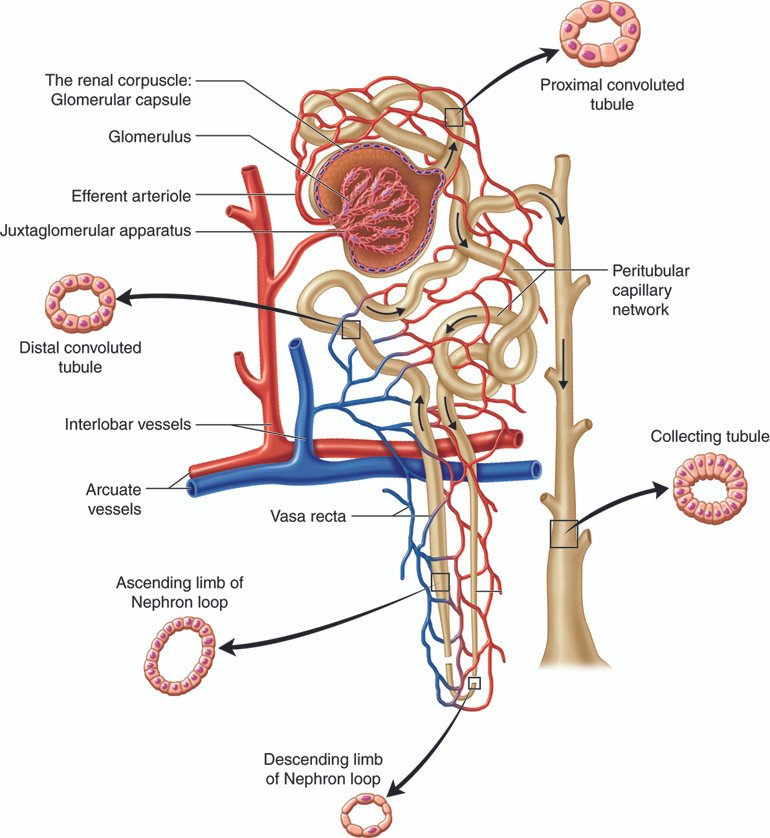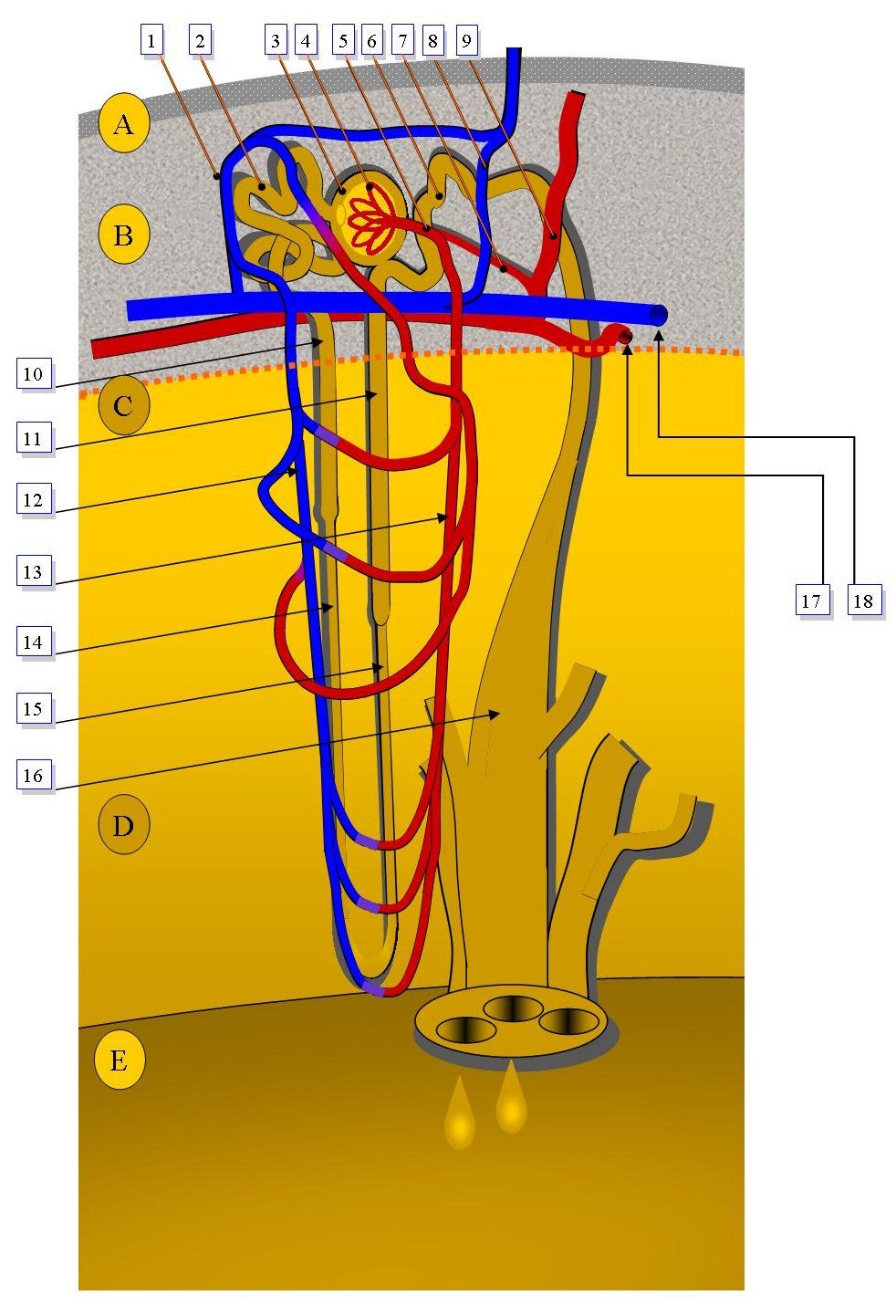Welcome to our blog post where we dive into the fascinating world of urine production. In this YouTube video, aptly titled “From Liquid Gold to Ultimate Flush: Unveiling the Art of Urine Production,” we explore the intricate processes that take place within our kidneys to create this essential bodily fluid.
The kidneys, these remarkable shaped organs, act as the body’s filtration system, removing waste substances from our blood and maintaining the delicate balance of water and electrolytes within our body fluids. And what is the end result of this complex operation? None other than urine, which is excreted outside our bodies through the urethra, carrying with it the waste, excess water, and excess electrolytes.
So how does urine formation occur? It involves three key stages: glomerular filtration, tubular reabsorption, and tubular secretion. At the core of this process lies the nephron, the functional unit of the kidneys. Within the nephron, the glomerulus, a network tuft of capillaries, takes center stage as it performs the initial step of filtering the blood.
To aid in this filtration, we have Bowman’s capsule, a double-walled structure that wraps around the glomerulus. The space inside the capsule, known as Bowman’s space, serves as the receptacle for the filtered contents from the blood. As the blood flows through the capillaries of the glomerulus, the intricate glomerular filtration membrane allows certain particles to pass through while retaining others.
This specialized membrane consists of three layers of capillary: the valve endothelium, the basement membrane, and the epithelial podocytes. It is through this membrane that the primary urine, also known as the filtrate, is formed as fluid from the capillary blood spills into Bowman’s space.
In this blog post, we will delve deeper into the details of each step involved in urine production, uncovering the mechanisms behind this remarkable process. Join us as we unlock the secrets behind the creation of urine – from its origins as liquid gold to its ultimate role as the ultimate flush in our bodies.
Stay tuned for an enlightening journey through the art of urine production – an often overlooked yet vital component of our bodily functions.
Heading 1: The Role of Glomerular Filtration in Urine Production: A Closer Look at Kidney Function
Glomerular filtration is a critical process in the production of urine, whereby the kidneys filter the blood, removing waste substances and regulating water and electrolyte concentrations within the body fluids. This intricate function ultimately results in the formation of urine, which is then excreted from the body through the urethra, carrying with it waste products, excess water, and excess electrolytes.
The formation of urine involves several key steps: glomerular filtration, tubular reabsorption, and tubular secretion. At the forefront of this process is the nephron, the functional unit of the kidneys. The nephron begins with the glomerulus, a network tuft of capillaries responsible for filtering the blood. Surrounding the glomerulus is Bowman’s capsule, a thin, double-walled structure that acts as a protective shield. The region inside the capsule, surrounding the glomerulus, is referred to as Bowman’s space.
As blood flows through the capillaries of the glomerulus, glomerular filtration occurs, causing plasma constituents to spill out into Bowman’s space through the glomerular filtration membrane. This membrane consists of three layers: the valve endothelium, basement membrane, and epithelial podocytes. While it allows certain particles of blood to pass through, not all fluid is filtered. The fluid that does get filtered from the capillary blood into Bowman’s space is known as filtrate and forms the primary urine.
Heading 2: Understanding the Nephron: Unveiling the First Step in Urine Formation
The process of urine formation is a complex and fascinating one, beginning with the understanding of the nephron, the functional unit of the kidneys. The nephron consists of various components that work together to filter blood, regulate water and electrolyte concentrations, and ultimately produce urine. One crucial step in this process is glomerular filtration.
At the start of the nephron, the glomerulus plays a key role in filtering blood. It is a network of tufted capillaries that perform the initial step of filtration. Surrounding the glomerulus is the Bowman’s capsule, a double-walled capsule that encapsulates the glomerulus and creates Bowman’s space. As blood travels through the capillaries of the glomerulus, the process of filtration occurs, causing plasma content to spill out into Bowman’s space.
The glomerular filtration membrane is a vital component of this process and consists of three layers: the valve endothelium, the basement membrane, and the epithelial podocytes. These layers allow certain particles from the blood to pass through while retaining others. The fluid that is filtrated from the capillary blood into Bowman’s space is known as filtrate, which then forms the primary urine.
Understanding the nephron and the process of glomerular filtration provides us with valuable insights into the first step of urine formation. By filtering blood and removing waste substances, the nephron ensures the maintenance of water and electrolyte concentrations within the body fluids. Stay tuned as we delve deeper into the other stages of urine formation, including tubular reabsorption and tubular secretion, uncovering the intricate workings of the human excretory system.
Heading 3: Untangling the Glomerular Filtration Membrane: How Urine is Filtered and Processed
- The glomerular filtration membrane is composed of three layers:
- - Valve endothelium
- – Basement membrane
- – Epithelial podocytes
To Wrap It Up
In conclusion, the YouTube video titled “From Liquid Gold to Ultimate Flush: Unveiling the Art of Urine Production” provides an insightful and comprehensive overview of the process of urine formation in our kidneys. Through glomerular filtration, the kidneys efficiently filter blood, removing waste substances and maintaining water and electrolyte concentrations in our body fluids. This intricate process results in the production of urine, which is excreted from the body through the urethra.
The video explains that urine formation involves three main steps: glomerular filtration, tubular reabsorption, and tubular secretion. The nephron, the functional unit of the kidneys, plays a crucial role in this process. At the start of the nephron, the glomerulus, a network of capillaries, filters the blood. This filtration takes place within Bowman’s capsule, a thin double-walled structure that surrounds the glomerulus. The filtrate, consisting of plasma contents, passes through the glomerular filtration membrane, which consists of three layers of capillary valves: endothelium, basement membrane, and epithelial podocytes.
While some particles from the blood pass through this membrane, not all fluid is filtered. The fluid that is filtered from the capillary blood into Bowman’s space is known as filtrate and forms the primary urine. This informative video highlights the complexity and precision of the urine production process, shedding light on the vital role played by our kidneys in maintaining the body’s health and balance.
By exploring the intricate art of urine production, we gain a deeper appreciation for the fascinating mechanisms that enable our bodies to eliminate waste and maintain optimal fluid and electrolyte levels. Understanding the science behind urine formation not only enhances our knowledge of the human body but also emphasizes the importance of proper kidney function in our overall well-being. So, next time you flush, take a moment to marvel at the incredible journey your urine has taken, from liquid gold to the ultimate flush.